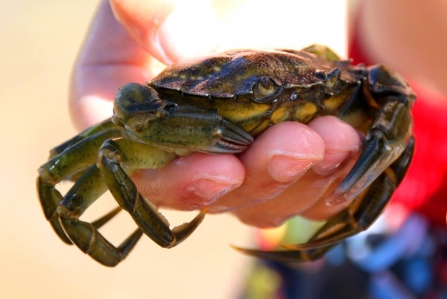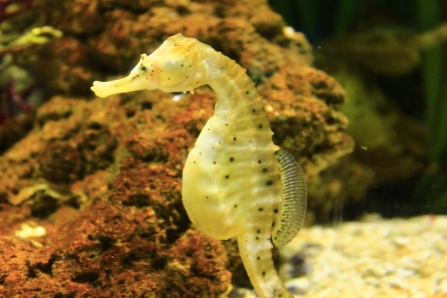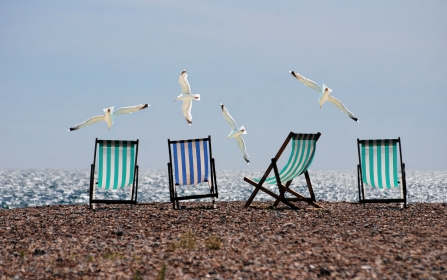
Credit: Eva Phillips/@WTBBC
1. Clams can live for more than 400 years
2. A lobster's bladder is in its head, they hear with their legs and their brains are in their throat
3. Sea anemones eat and dispose of waste through the same opening…
4. Sea anemones use their tentacles to shoot toxic injecting filaments into prey. The prey is paralysed so the tentacles can guide it into the sea anemone's waiting mouth.
5. Seals produce milk with 50% fat. Their babies gain 3-5 pounds daily – that’s the same as a 2l bottle of pop!
6. Jellyfish vary in size greatly. Some species are as small as a pinhead, while some can be 8ft in diameter!
7. Jellyfish are one of the oldest organisms on the planet, even older than dinosaurs! They’re thought to be between 500 and 700 million years old.
8. Crabs have eyes on the stalks, just like snails. They can distinguish colours but a lot less details than human eyes.
9. Crabs breathe with the help of gills. That is why they need to stay close to the water even if they live mainly on the land.
10. Crabs communicate via sound. They produce drumming and flapping sounds by using their claws and pincers.
11. Average lifespan of crabs is between 3 and 4 years.


